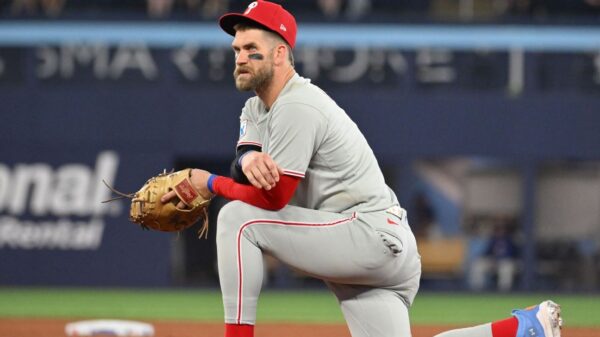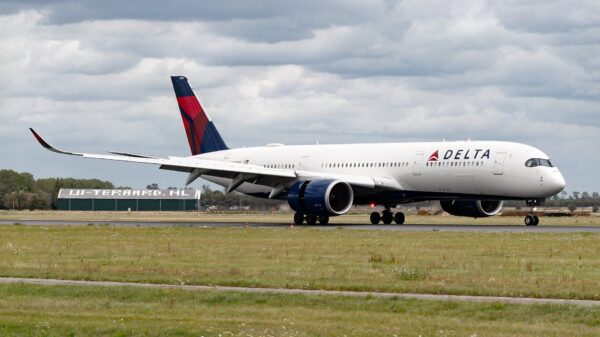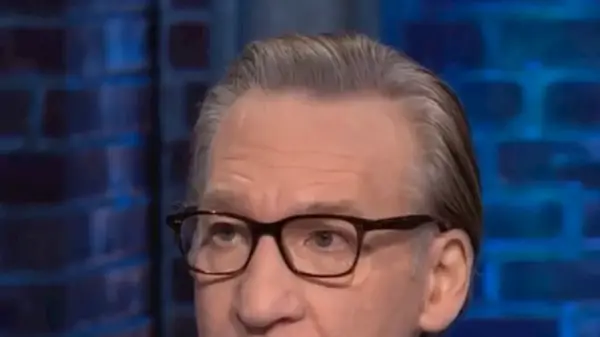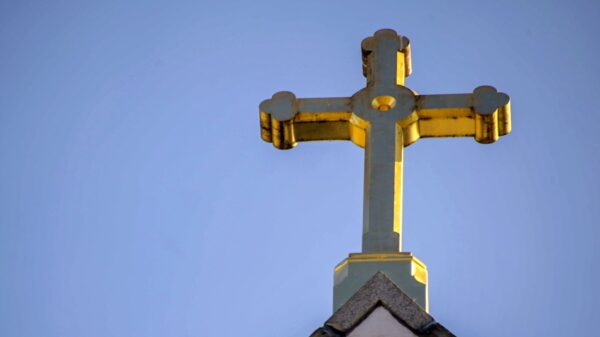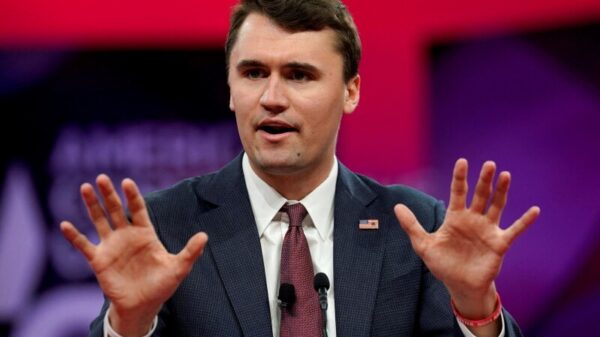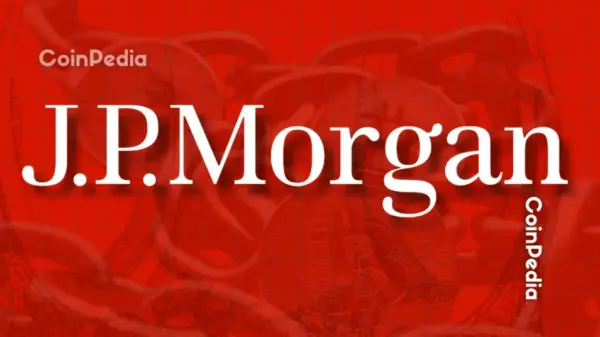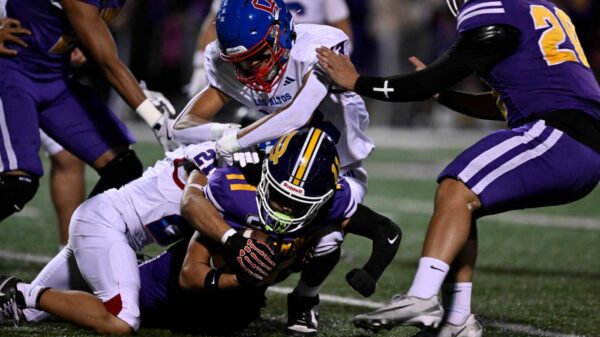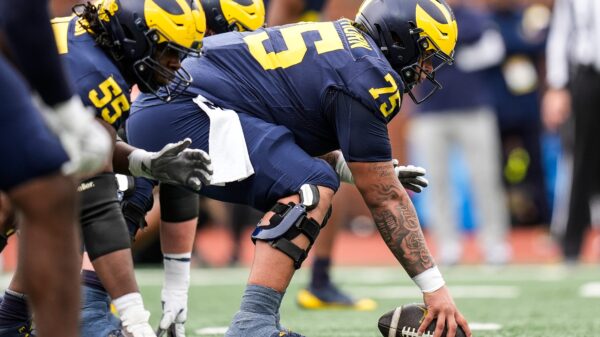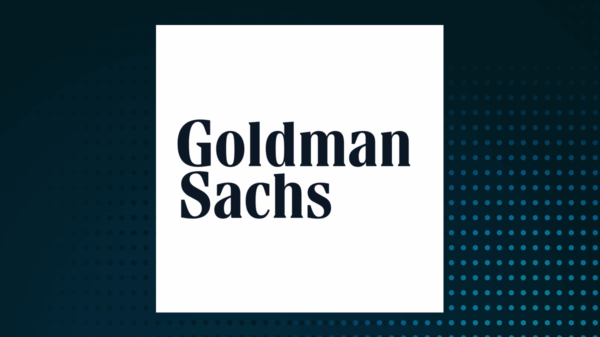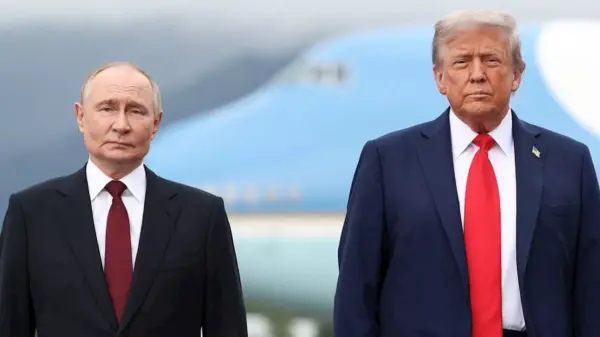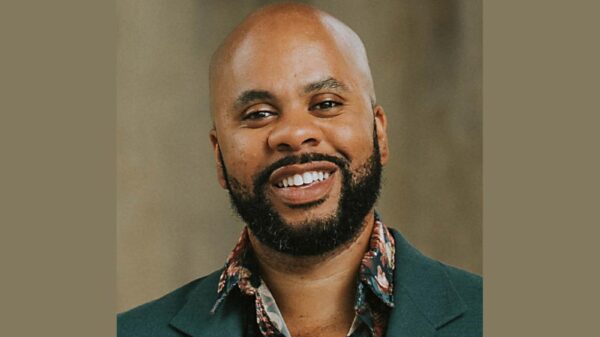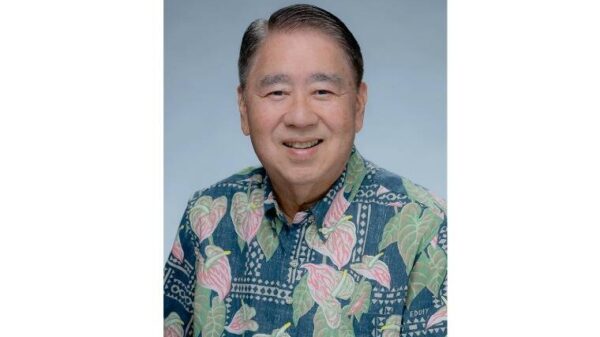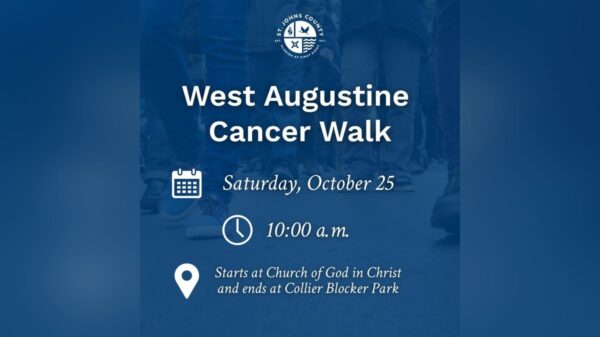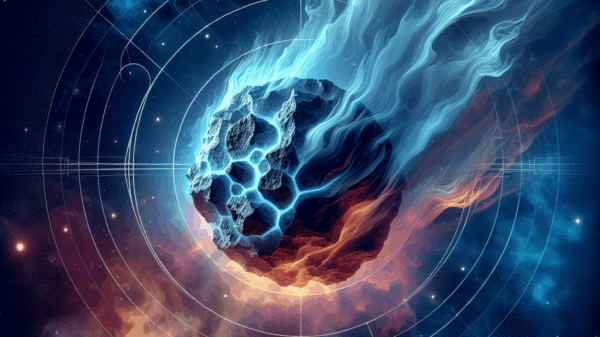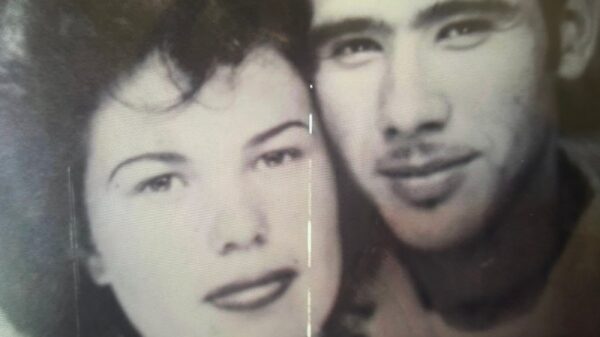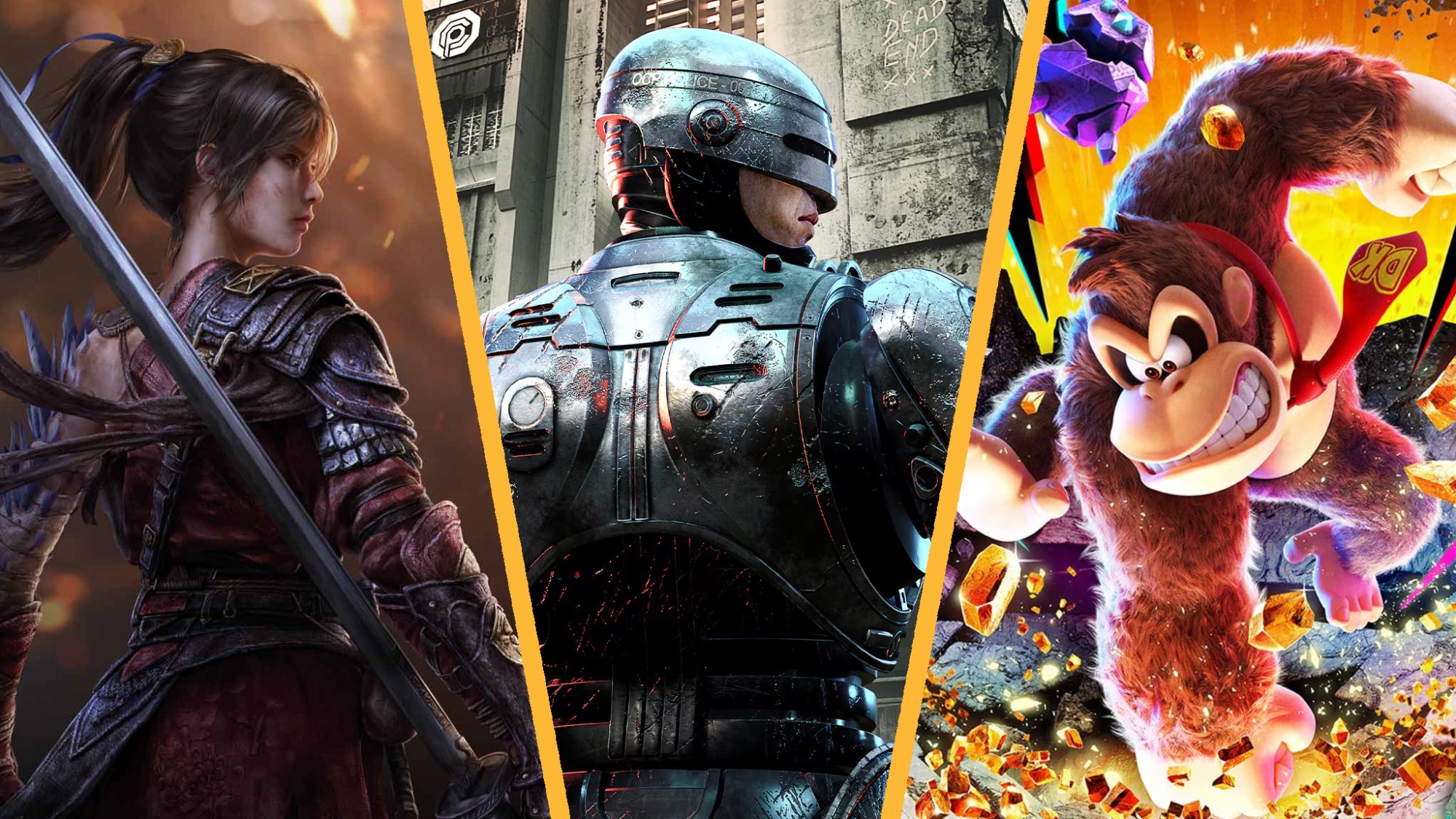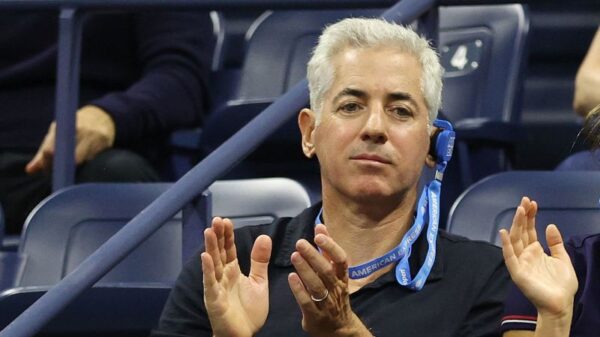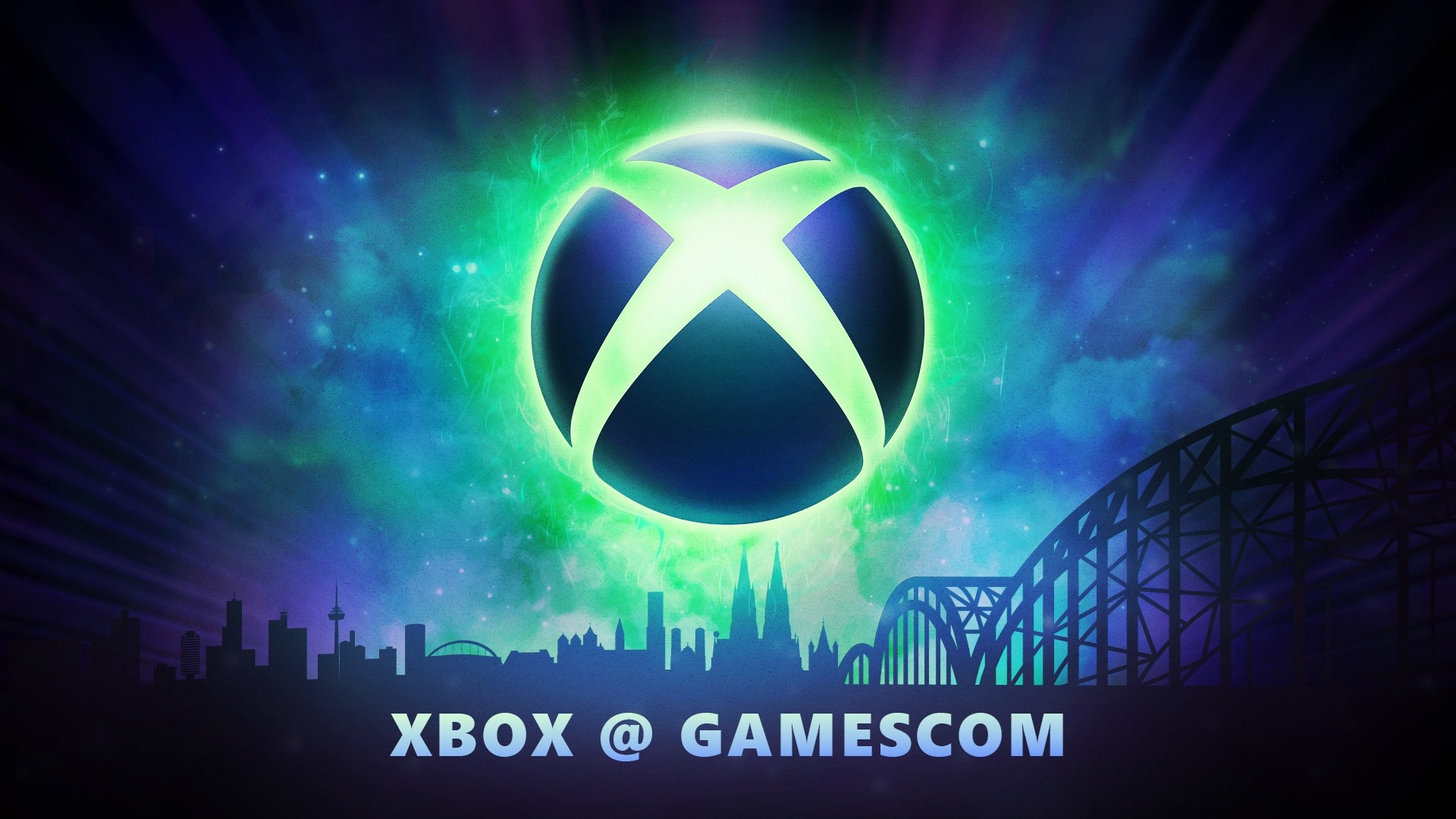Michael Douglas has long been a prominent figure in Hollywood, known for portraying complex characters that reflect societal changes. His roles, spanning from a corporate raider to a beleaguered family man, have often served as mirrors to the anxieties of American men navigating a shifting cultural landscape. In her new book, What Is Wrong with Men, cultural critic Jessa Crispin argues that Douglas’s characters epitomize the confusion and frustration experienced by many men during a time of significant social upheaval.
Crispin highlights Douglas’s work in the 1980s and 1990s, a period when he was one of Hollywood’s most bankable stars. Films such as Fatal Attraction (1987), Basic Instinct (1992), and Wall Street (1987) encapsulated the turmoil that men faced as traditional notions of masculinity were challenged by women’s liberation, economic changes, and increasing diversity in society. These roles not only showcased Douglas’s range as an actor but also positioned him as an oracle of male anxiety, revealing the struggles of men confronting their evolving identities.
Crispin’s examination is not solely a retrospective on Douglas’s filmography; it delves into the broader implications of masculinity in contemporary society. She asserts that the crisis men face today is deeply intertwined with the impacts of global capitalism, which has reshaped societal values and expectations. The author notes, “[T]his wasn’t just your usual generational shift… This was the patriarchy abandoning men.” This perspective reframes the narrative around masculinity, suggesting that the real crisis stems from economic structures that have historically benefitted a select few.
As Crispin discusses Douglas’s most iconic role as Gordon Gekko in Wall Street, she points to the character’s embodiment of unchecked greed and the shifting definitions of success. Gekko’s allure as a character, admired by some for his ambition, reflects the societal values of the time, which prioritized wealth accumulation over traditional masculine virtues such as loyalty and hard work. Douglas himself has expressed discomfort with the idolization of Gekko, emphasizing that the film was a cautionary tale rather than a model for real-life behavior.
The book explores the manifestation of what Crispin terms the “masculinity crisis,” which has been punctuated by alarming trends such as rising rates of suicide and school shootings among men and boys. Crispin argues that while these issues are critical, the term “crisis” suggests a sudden onset rather than a gradual consequence of systemic failures. She contends that the struggles faced by many men today are not merely the result of societal changes but are compounded by the economic realities that have stripped away the security once afforded by stable jobs and community structures.
Crispin’s analysis goes beyond individual experiences to reflect on the collective narrative of masculinity. By reframing popular films like Fatal Attraction and The War of the Roses, she illustrates how Douglas’s characters often find themselves in situations where they are confronted by the consequences of ignoring women’s liberation. The emotional turbulence they experience is likened to hysteria—a term historically used to describe women’s struggles—highlighting the disconnect between their identities and the evolving societal landscape.
The book also critiques the media’s response to the masculinity crisis, noting a trend of blaming feminist movements, multiculturalism, and LGBTQ rights for men’s struggles. Crispin argues that such narratives obscure the real issues at play, including economic disparity and social isolation. She asserts that the systemic failures that have led to this crisis need to be addressed, rather than allowing the focus to remain on scapegoating marginalized groups.
In conclusion, What Is Wrong with Men serves as both a critical analysis of Michael Douglas’s filmography and a broader commentary on the state of masculinity today. Crispin argues that the crisis men face is a complex interplay of cultural and economic factors that demands a reevaluation of societal values. With the rise of capitalism and the decline of the traditional middle class, men are left grappling with their identities in a rapidly changing world. Douglas remains a significant figure in this ongoing conversation, embodying the complexities and challenges that define modern masculinity.
As the discussion surrounding masculinity evolves, Douglas’s work continues to resonate, prompting reflection on the ideals and expectations that shape the lives of men today.


